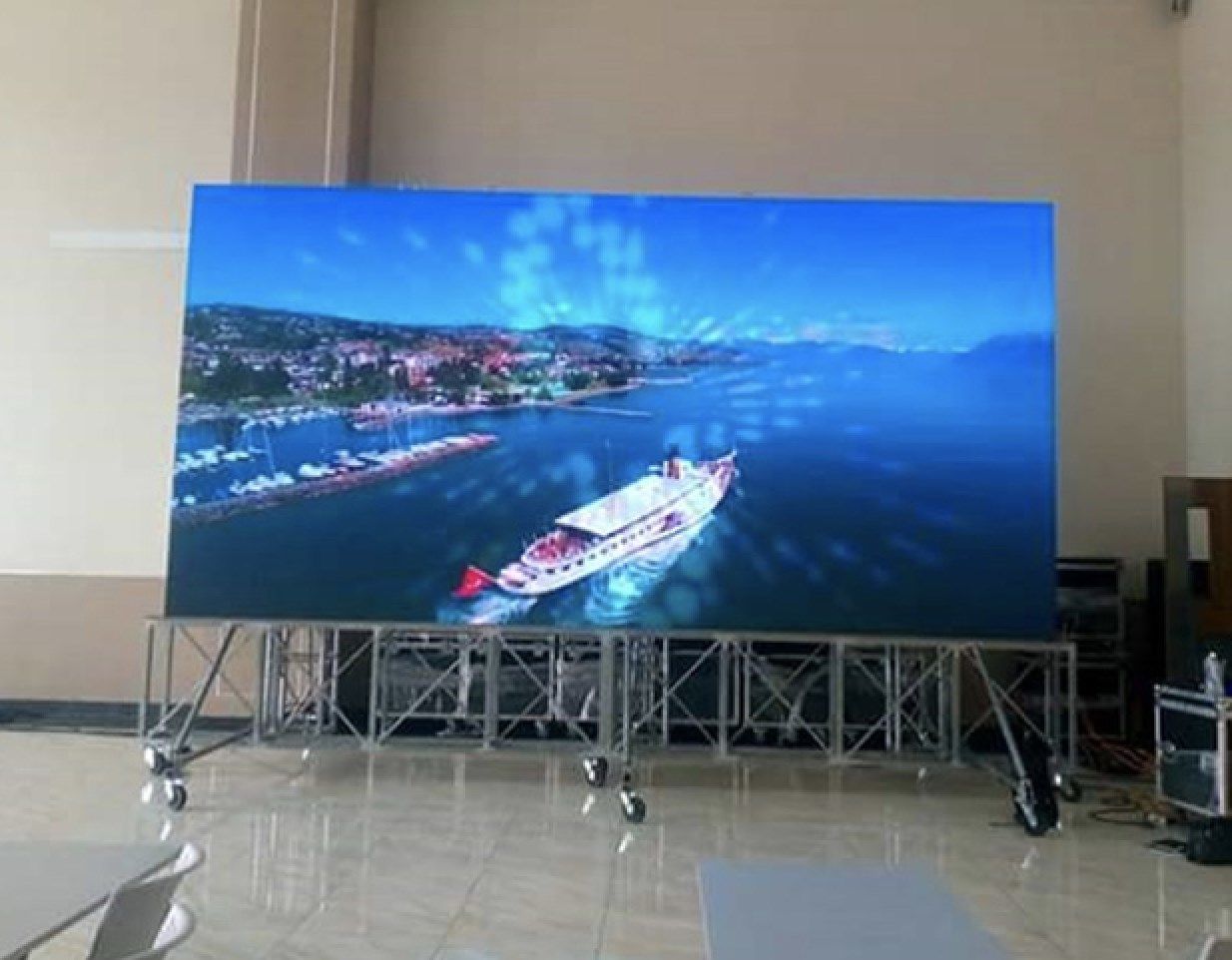Mastering Hue Accuracy in Light Emitting Diode Wall Adjustment for Breathtaking Visual Presentations
Mastering Hue Accuracy in Light Emitting Diode Wall Adjustment for Breathtaking Visual Presentations
Blog Article
Color precision is crucial for creating stunning visual presentations, particularly when employing LED screens. These massive displays are commonly found in places like music venues, athletic arenas, and promotional billboards. When the hues on an LED screen are not correct, the visuals can look flat or warped, which can affect the overall impression for audiences. Therefore, mastering color accuracy in LED wall calibration is vital for attaining lively and realistic images.
The first step in guaranteeing color precision is comprehending how LED technology works. LEDs, or light-producing diodes, produce light in various colors by combining red, green, and blue (RGB) light. Each pixel on an LED wall is made up of these three hues. When tuned properly, the mix of RGB can produce a broad range of hues. However, if one hue is too bright or too dim, it can throw off the entire screen. This is why tuning is needed to balance the colors and achieve the desired visual result.
Calibration involves adjusting the configurations of the LED wall to ensure that the hues displayed match the initial material as nearby as feasible. This process usually involves using specialized software and hardware instruments. Technicians often use color measurement devices, such as spectrophotometers, to examine the colors being shown. By comparing the measured hues to standard color standards, they can make precise modifications. This ensures that the colors are not only vibrant but also uniform across the whole screen.
Another important factor of color accuracy is comprehending the surroundings in which the LED wall is employed. Factors such as ambient light can considerably impact how colors look. For example, a well-lit lit room may wash out colors, making them look not as vibrant. To mitigate this, technicians may modify the luminosity and contrast settings of the LED wall. Additionally, they may select specific color settings that are better suited for various lighting environments. This flexibility helps maintain color precision irrespective of the viewing surroundings.
Ultimately, routine maintenance and recalibration are crucial for maintaining an LED screen looking its best. Over time, the performance of LEDs can alter due to elements like degradation and heat fluctuations. Regular checks and modifications can help guarantee that the hues stay accurate and vibrant. By committing time in proper calibration and maintenance, venues can provide viewers with stunning graphic presentations led wall calibration for trade shows that enhance their overall impression. Perfecting color accuracy in LED wall tuning is not just a technical task; it is an art that adds to the wonder of graphic storytelling.